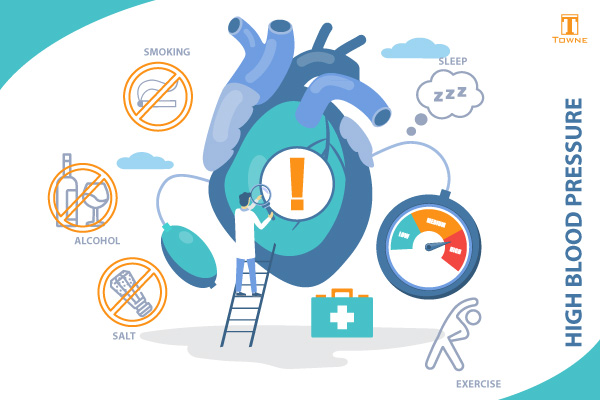Research shows that too many residents of nursing facilities suffer from malnutrition and that a lot of them suffer from dehydration. Even when the food served is nutritious and delicious, residents may not be eating it.
Malnutrition is dangerous for seniors
Malnourished seniors have an increased likelihood of infections, poor wound healing, pressure sores, immune deficiency, anemia and abnormally low blood pressure. In addition, dehydration can lead to constipation, urinary tract infections, renal disease, pneumonia, hypotension and delirium. Malnutrition and dehydration are likely to negatively impact the person’s mood, behavior and physical functioning as well.
What causes malnutrition?
Older people suffer from diminished senses of taste and smell and difficulty chewing and digesting food. They may be depressed, which will cause them to lose interest in food. Increased cognitive impairment and swallowing problems will also affect a person’s ability to consume adequate food and fluids and to maintain a healthy weight. Patients with dementia are most likely to suffer from these problems and have a greater likelihood of becoming malnourished.
Preventing malnutrition in seniors
The staff at a nursing facility has a pivotal role in ensuring that residents are eating properly and in preventing malnutrition. It all starts with knowing your patients and helping them enjoy their meals. When you bring patients meals, it’s important to look at them directly and call them by name. Ask them what they would like more of, and pay attention to verbal and non-verbal communication about what they don’t want. For instance, if patients spit out their peas, they are clearly indicating that they don’t like them. Instead of continuing to feed them peas, encourage them to eat more of the other food choices available.
Some patients may need simple instructions to remind them how to eat. You may need to remind them to swallow or demonstrate eating tasks. Opening up containers, cutting up the food and other simplifications can make eating less of a challenge. Some seniors are disturbed by music, lots of people or bad lighting. Try to create an optimal environment so the resident can enjoy his meal without interruption.
It’s also important that the residents have enough time to eat. They are likely to eat much slower than we do, so if their tray is half-full, they may just not be finished. Ask whether they want more of each item before taking their food away.
Rethinking Nutrition in Nursing Facilities
Many nursing facilities are rethinking nutrition and changing the way meals are served in order to improve the chances of residents eating well. Some facilities are serving meals on a flexible schedule so that residents can eat when they are hungry, instead of at a specified time. Others are trying to replicate the restaurant or home environment so that patients can eat in a familiar atmosphere. And at some facilities, the administration puts themselves in the position of the residents and tests out the dining experience to see how conducive it is to proper nutrition.
How would you like to see mealtimes in nursing facilities? Let us know in the comments section below.







